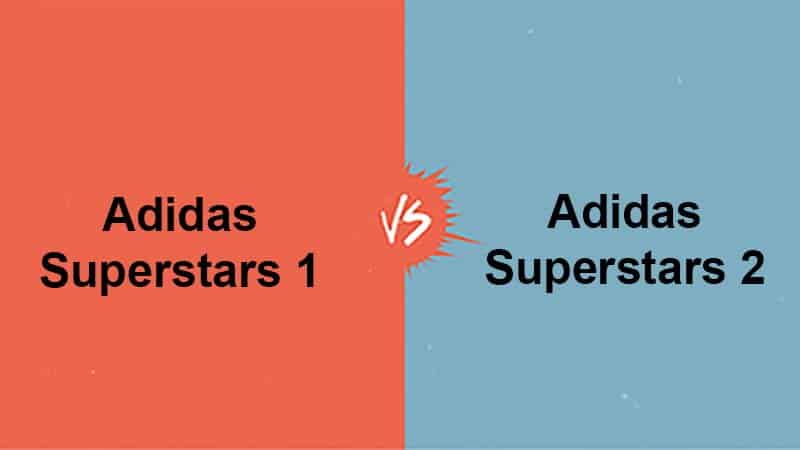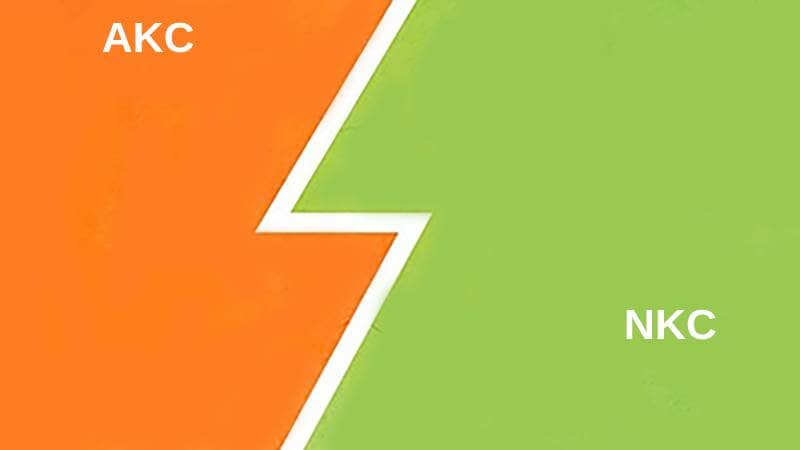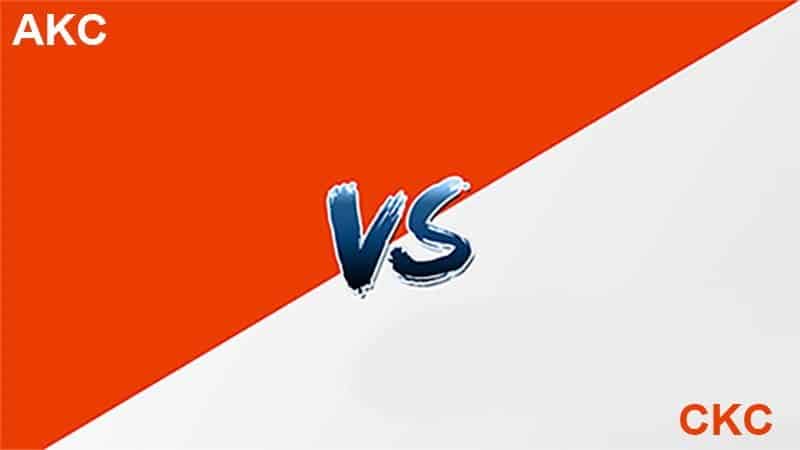Java is one of the most popular languages among software engineers. This language is used for developing various software applications for phones and computers. AWT and Swing are the most famous ways to develop applications in Java.
AWT vs Swing
AWT (Abstract Window Toolkit) is the original Java library for creating graphical user interfaces (GUIs), providing a bridge to the native platform’s GUI components; Swing is a lightweight and platform-independent GUI library built on top of AWT, offering more flexibility, consistency, and a wider range of components for Java applications.

AWT or Abstract Window Toolkit contains various methods and classes using which GUI (Graphical User Interface) can be created and managed. AWT gets generated by the host operating system.
Swing is a GUI that is used to create various software. Swing allows the developer to create and scroll bars and buttons for the application. The components of Swing were written using the language of Java.
Comparison Table Between AWT and Swing
| Parameters of Comparison | AWT (Abstract Window Toolkit) | Swing |
|---|---|---|
| Platform Dependency | Platform-dependent; relies on native OS components. | Platform-independent; provides a consistent look and feel across platforms. |
| Lightweight vs. Heavyweight | Uses heavyweight components tied to the native platform’s GUI; may be less efficient. | Uses lightweight components, entirely Java-based, and more efficient. |
| Look and Feel | Inherits the native platform’s look and feel, potentially leading to inconsistency. | Offers a consistent look and feel, customizable through pluggable “Look and Feel” (L&F) options. |
| Performance | May have performance limitations due to platform-dependent components. | Generally offers better performance due to lightweight components. |
| Customization | Limited customization options; relies on native platform’s capabilities. | Highly customizable, with extensive support for creating custom UI components. |
| Additional Components | Offers a limited set of basic GUI components. | Provides a broader range of UI components, including tables, trees, and tabbed panes. |
| Popularity | Older and less popular in modern Java development. | Widely adopted for creating Java GUI applications. |
| Learning Curve | Simpler for basic GUI tasks but lacks advanced features. | Offers a steeper learning curve but provides more advanced features and flexibility. |
What is AWT?
AWT, or Abstract Window Toolkit, is one of the core libraries in Java for creating graphical user interfaces (GUIs) in desktop applications. It provides classes and methods that allow developers to create windows, dialog boxes, buttons, menus, and other GUI components. AWT was introduced as part of the Java 1.0 release and was the first GUI toolkit for Java.
Key features and aspects of AWT include:
- Platform Dependence: AWT relies on native components the underlying operating system provides. This means that the appearance and behavior of AWT components can vary across different platforms, as they inherit the native platform’s look and feel.
- Heavyweight Components: AWT components are heavyweight, tied to the native operating system’s GUI components. While this approach allows AWT to integrate well with the host OS, it can also result in less efficient performance and limitations in customizability.
- Basic GUI Components: AWT offers a standard set of basic GUI components, including buttons, labels, text fields, and panels. While it provides the essentials for building simple GUIs, it lacks some more advanced components in modern GUI libraries.
- Simplicity: AWT is simple for basic GUI tasks and well-suited for straightforward desktop applications.
- Integration: AWT components can be seamlessly integrated with other Java libraries and technologies, making it suitable for building Java desktop applications.
While AWT served as the foundation for GUI development in Java, it has been largely supplanted by Swing and JavaFX, which offer more flexibility, consistency, and a wider range of components. However, AWT is still present in Java and can be useful for certain applications, especially when platform-specific integration is necessary.
What is Swing?
Swing is a powerful and flexible Java library for creating graphical user interfaces (GUIs) in desktop applications. It is a part of the Java Foundation Classes (JFC). It is designed to provide developers with a platform-independent and highly customizable framework for building interactive and visually appealing GUIs.
Key features and aspects of Swing include:
- Platform Independence: Swing is built entirely in Java, making it platform-independent. Applications developed using Swing look and behave consistently across different operating systems.
- Lightweight Components: Unlike AWT (Abstract Window Toolkit), Swing uses lightweight, Java-based and more efficient components. This results in better performance and increased flexibility.
- Customizability: Swing offers extensive customization options. Developers can define the look and feel of their applications through pluggable “Look and Feel” (L&F) themes, allowing for a wide range of visual styles.
- Rich Component Set: Swing provides a rich set of GUI components, including buttons, text fields, tables, trees, tabbed panes, and more. These components can be easily customized and extended to suit specific application needs.
- Event Handling: Swing incorporates a robust event-handling mechanism, allowing developers to respond to user interactions effectively.
- MVC Architecture: Swing follows the Model-View-Controller (MVC) architectural pattern, separating the user interface (View) from the application logic (Controller and Model), promoting a more organized and maintainable codebase.
- Community Support: Swing has a large and active community of developers, making it a well-documented and well-supported technology.
Swing has been a preferred choice for building Java desktop applications for many years due to its versatility, cross-platform compatibility, and extensive toolset. While JavaFX has gained prominence recently, Swing remains a relevant and widely used library for GUI development, especially for applications where platform independence and customization are crucial.
Main Difference Between AWT and Swing
- The components of Java AWT are entirely dependent on the platform. On the other hand, the components of Swing do not depend on the platform. Swing components are purely created in Java.
- AWT has heavyweight components. Jutton and JtextArea are the heavyweight components. On the other hand, the components of Swing are lightweight because they do not require any operating system to perform their function. For instance, JTextArea, and Jbutton are lightweight components.
- AWT components do not support the pluggable feel and look. On the other hand, the components of Swing support the pluggable look and feel of the created application.
- AWT does not have many components as compared to Swing. On the other hand, Swing has a large number of components—for instance, scroll panes, tables, lists, tabbed panes, etc.
- The package required for AWT components in java.awt. On the other hand, the package required for Swing components is javax.swing.
- AWT does not provide a more sophisticated set of GUI components. On the other hand, Swing provides a more sophisticated set of GUI components.















